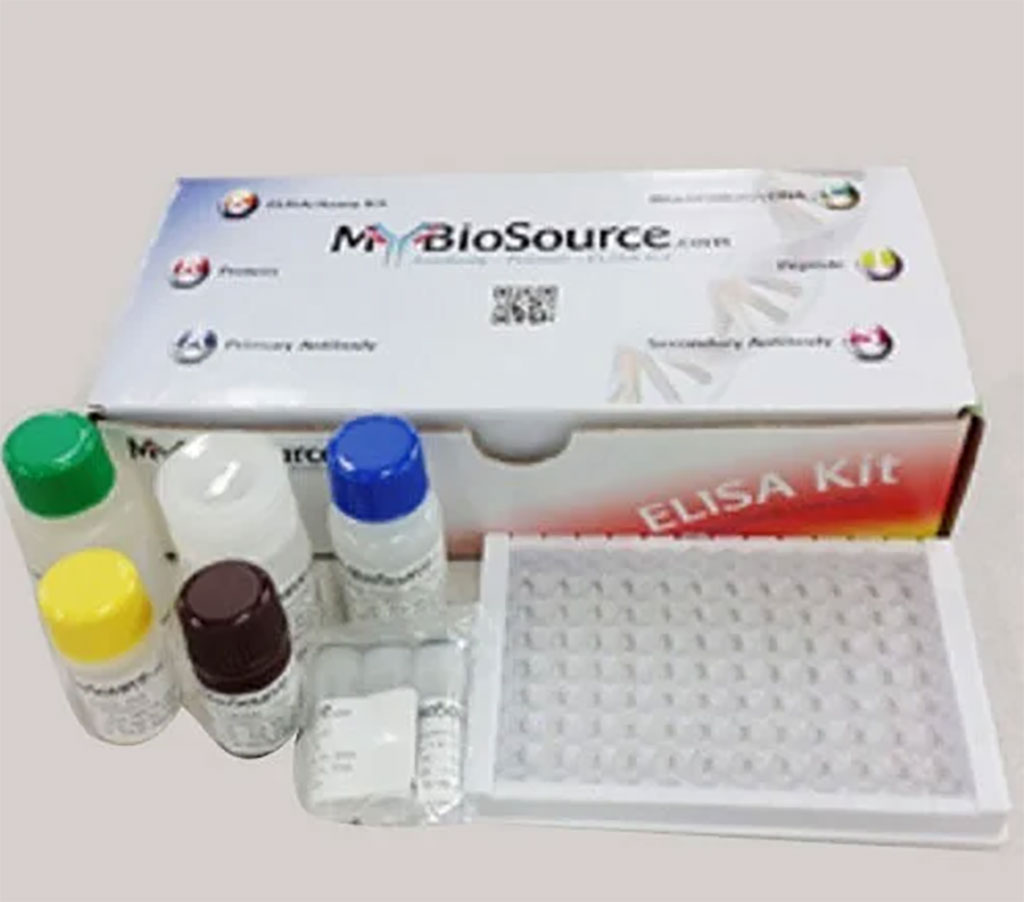Interleukins and Vitamin D Evaluated in Women With Graves' Disease
Posted on 23 Nov 2022
Graves' disease (GD), an autoimmune disorder specific to the thyroid, is the leading cause of hyperthyroidism due to an enlarged and hyperactive thyroid gland, associated with extra-thyroidal manifestations, such as orbitopathy and pretibial myxedema.
Autoimmunity in GD is also associated with dysregulated systemic levels of cytokines, which have been shown to influence both the induction phase and the effector phase of the inflammatory immune response, and play a major role in the immunopathogenesis of GD.

Bioscientists at the University of Baghdad (Baghdad, Iraq) included in a study 90 women with GD and 93 healthy women. Diagnostic criteria included ultrasonography examination (diffuse goiter), thyroid function tests (high serum levels of total triiodothyronine [TT3] and thyroxine [T4] and low serum levels of thyroid-stimulating hormone [TSH]), positive TSH receptor antibody test (TRAb), and radioiodine uptake and thyroid scan (diffuse uptake).
Serum TT3, T4, and TSH levels were determined using commercially available kits (Tosoh Bioscience, Tokyo Japan). A fully automated test (Elecsys Anti-TSHR, Roche Diagnostics, Mannheim, Germany) was used to determine TRAb. Serum levels of IL-37, IL-38, and Vitamin D (VitD, 1,25-dihydroxyvitamin D) were measured using enzyme-linked immunosorbent assay (ELISA) assay kits (MyBioSource Inc., San Diego, CA, USA).
The investigators reported that IL-37 levels were significantly higher in GD patients than in controls, while IL-38 and VitD levels were significantly decreased. As indicated by the area under the curve (AUC), receiver operating characteristic curve analysis demonstrated the potential of IL-37, IL-38, and VitD as biomarkers to distinguish GD patients from controls (AUC = 0.953, 0.959, and 0.793, respectively). Multinomial logistic regression analysis showed that altered levels of IL-37, IL-38, and VitD were most likely associated with the pathogenesis of GD. IL-37 was negatively correlated with IL-38 and VitD, while IL-38 and VitD were positively correlated.
The authors concluded that serum IL-37 levels were upregulated in women with GD, while IL-38 and VitD levels showed downregulated levels. The latter two were positively correlated while they showed a negative correlation with IL-37. The study proposed that altered serum levels of IL-37, IL-38, and VitD may be associated with the pathogenesis of GD. The study was published on November 17, 2022 in the Journal of Clinical Laboratory Analysis.
Related Links:
University of Baghdad
Tosoh Bioscience
Roche Diagnostics
MyBioSource Inc













